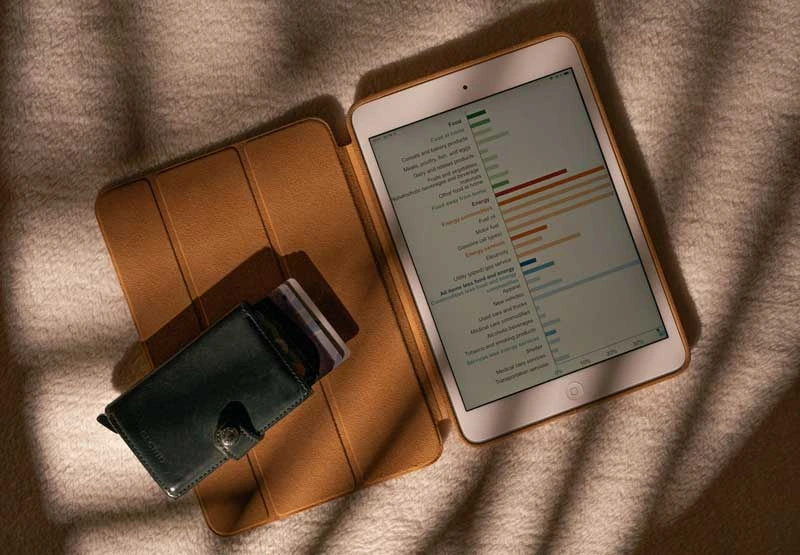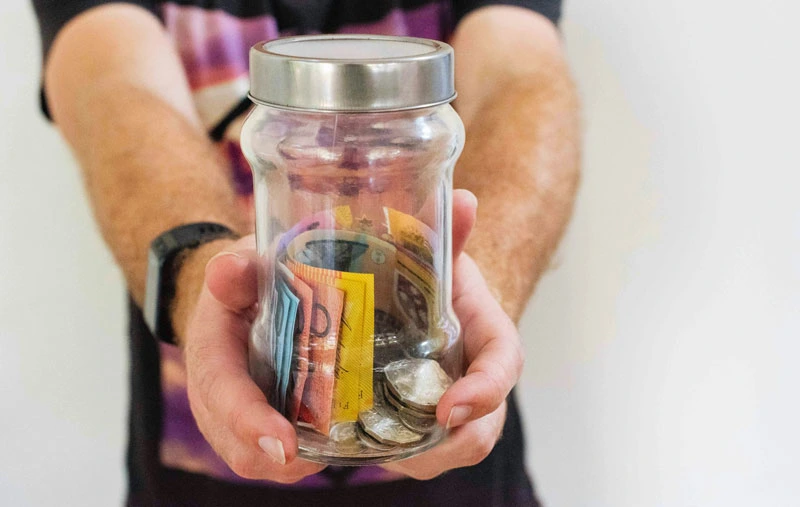
Budgeting for Beginners 7 Simple Steps to Master Your Personal Finance
Mastering personal finance often begins with a single concept budgeting for beginners. Many people struggle with saving money or controlling expenses because they never learned

Mastering personal finance often begins with a single concept budgeting for beginners. Many people struggle with saving money or controlling expenses because they never learned how to organize their finances effectively. By understanding the basics of budgeting, financial goals become clearer and spending habits more intentional. A well-structured budget offers control, reduces stress, and opens the door to long term financial security. For beginners, the key lies in keeping it simple and consistent.
Managing personal finance may feel overwhelming, especially for those just starting to take control of income and expenses. The concept of budgeting for beginners offers a clear starting point. It transforms financial uncertainty into a structured plan that leads to security and independence. Learning how to manage money effectively is not just about saving, but about understanding habits, priorities, and long term goals. A budget provides direction, helps reduce unnecessary stress, and allows every expense to serve a purpose.
A well planned budget functions like a roadmap that guides financial decisions. It helps identify spending patterns, prevents overspending, and encourages savings. Without a clear budget, income often disappears without clear results. People who manage their money consciously tend to achieve goals faster and experience less anxiety about financial stability. A practical approach to budgeting brings clarity and makes every decision intentional rather than impulsive.

Creating a solid financial base does not require complicated formulas. It begins with awareness and discipline. By following a few structured steps, anyone can gain control over personal finances and develop lasting habits that promote growth and stability.

Before setting any goals, it is crucial to track spending. List every expense for at least one month, from essentials like rent and groceries to small daily habits such as coffee or snacks. Once all spending is recorded, categorize it into needs, wants, and savings. This simple process exposes hidden costs and helps identify areas that can be reduced without major sacrifices. Awareness is always the first step toward financial control.

Every financial plan begins with a purpose. Decide what the money is meant to achieve whether it is paying off debt, building an emergency fund, or preparing for a major purchase. Short term goals bring motivation, while long term goals provide direction. Set measurable and realistic targets to make progress visible and rewarding. Instead of vaguely saving more, aim for a specific amount each month.

After identifying goals and expenses, develop a plan that fits lifestyle and income. The 50 30 20 rule is a simple and effective model 50 percent for needs, 30 percent for wants, and 20 percent for savings or debt payments. For those learning budgeting for beginners, the key is flexibility. Adjust the proportions based on personal circumstances. A plan that feels realistic is more likely to be followed consistently.

Saving before spending builds stability. Unexpected expenses such as medical emergencies or job loss can quickly drain finances. Building an emergency fund of at least three to six months’ worth of expenses ensures protection from sudden financial shocks. Begin small and increase contributions gradually. The important thing is consistency not the amount. Over time, this habit forms a safety net that reduces anxiety about the future.

Debt is not always negative but must be managed carefully. Start by listing all debts, including interest rates and due dates. Focus on paying off high interest loans first to reduce total payments. Alternatively, use the snowball method by clearing smaller debts for faster motivation. Whichever method is chosen, the goal is consistency and discipline. Managing debt effectively restores financial balance and improves credit health.

Cutting costs does not mean cutting happiness. Review every subscription, dining habit, and impulse purchase. Many people are surprised to discover how small monthly expenses accumulate into large yearly costs. Replace high cost habits with affordable alternatives such as home cooked meals or free entertainment. Budgeting for beginners teaches that mindful spending is not about restriction but about prioritizing what truly matters.

A budget must evolve as life changes. Review finances each month to identify progress and new challenges. When income grows, increase savings or explore investments. If unexpected costs appear, adjust other categories accordingly. Regular evaluation keeps financial goals relevant and achievable. Staying flexible prevents frustration and ensures that the budget remains a tool for empowerment rather than limitation.
Learning budgeting for beginners is a journey toward independence, not restriction. It starts with awareness, grows through consistency, and leads to control over every financial decision. With patience and clear goals, budgeting becomes a lifelong skill that builds stability and opportunity. True financial freedom is not about wealth alone but about the ability to live with balance, confidence, and purpose.

Mastering personal finance often begins with a single concept budgeting for beginners. Many people struggle with saving money or controlling expenses because they never learned

Natural Language Processing (NLP) is a subfield of computer science and artificial intelligence that utilizes machine learning. This technology enables computers to understand and communicate

The adventure PC game is among the most exciting games to play, especially for gamers who enjoy challenges. This is because each level presents its